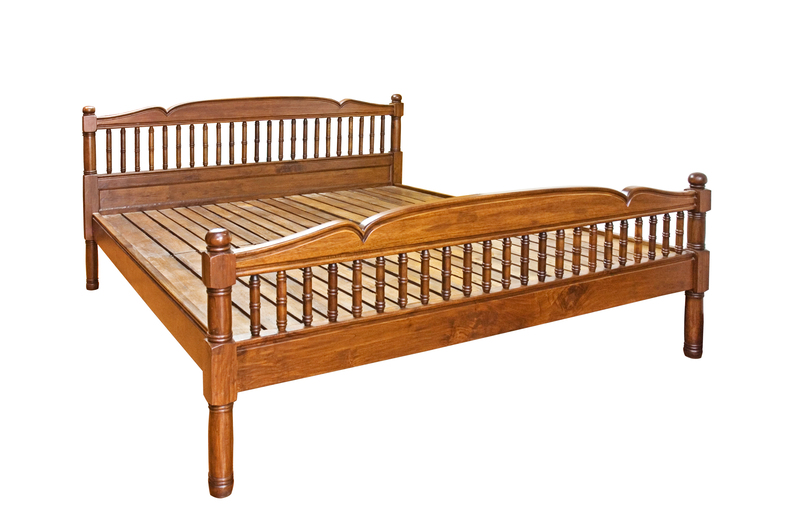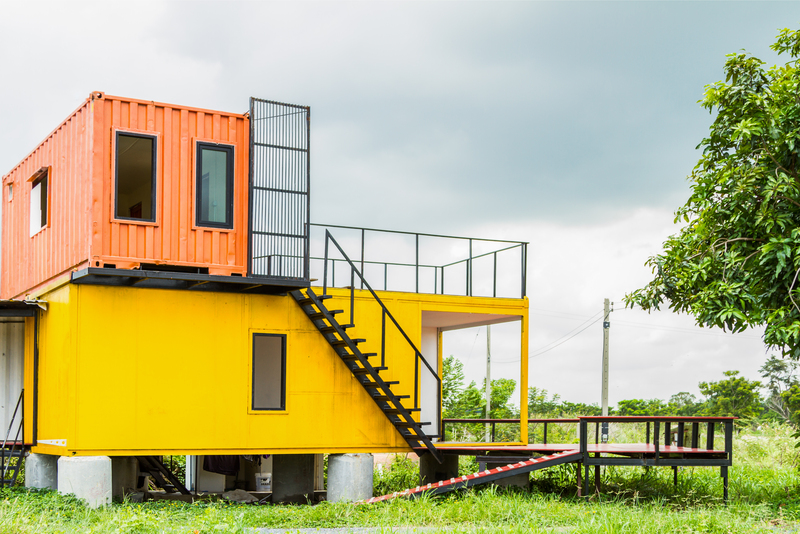Smart Disposal Solutions for Worn-Out Kitchen Cookware
Dealing with old, scratched, or damaged pots and pans? If your kitchen cookware has reached the end of its life, it's tempting to just toss it in the trash. However, smart disposal solutions for worn-out kitchen cookware not only help the environment but can add value to your home and community. This comprehensive guide explores sustainable and creative ways to manage disposal - from recycling and donation to upcycling and safe handling - ensuring your old cookware gets a second life.
Understanding Cookware Waste: Why Smart Disposal Matters
The average household replaces cookware every 3-5 years. With millions of used pans, pots, and utensils ending up in landfills annually, improper disposal becomes a pressing environmental issue. Cookware is made from various materials - including stainless steel, aluminum, copper, cast iron, PTFE non-stick coatings, and ceramic - each requiring specialized disposal approaches.
Why is proper disposal essential?
- Reduces landfill waste and prevents soil/water contamination.
- Enables recycling and resource recovery.
- Supports community needs through reuse and donation.
- Minimizes exposure to hazardous coatings and chemicals.

Can Old Cookware Be Recycled?
Yes, but with important caveats: Not all recycling centers accept every type of cookware. Let's break down common cookware types and their recycling options:
Recycling Metal Cookware (Stainless Steel, Aluminum, Copper, Cast Iron)
- Stainless Steel & Aluminum: Most recycling centers accept these metals. Remove plastic, rubber, or wooden handles first. Some centers require cookware to be free of non-stick coatings.
- Copper: High value; often bought by scrap metal dealers. Clean thoroughly and separate from non-metal parts.
- Cast Iron: Hefty but recyclable. Some scrap centers prefer them cleaned and rust-free.
Pro Tip: Call ahead to your local recycling center or scrap yard for specific requirements. Many facilities have guidelines posted on their websites.
What About Non-Stick or Coated Cookware?
Non-stick coatings (Teflon/PTFE) complicate recycling. Most centers will not accept coated pans due to the risk of hazardous fumes and contamination. If the coating is entirely worn off, some facilities may accept the pan as scrap metal, but always check first.
Mixed-Material Cookware
Many modern cookware pieces combine metal bases with silicone, plastic, or wooden parts. Disassemble these as much as possible before recycling. Handles, knobs, and lids made from glass or plastic often require separate disposal.
Smart Disposal Options Beyond Recycling
1. Donations: Give Cookware a Second Life
Even if your pans are past their prime for your kitchen, they could still be useful elsewhere.
- Charities & Shelters: Many accept gently used cookware that's free of chips, cracks, heavy warping, or flaking. Check with local food banks, shelters, or community kitchens.
- Thrift Stores: Some secondhand shops will take old cookware, especially if it's a reputable brand or unique style.
- Family and Friends: Sometimes a student, neighbor, or someone setting up their first kitchen may be grateful.
Always clean thoroughly before donating, and check for specific acceptance policies.
2. Upcycling and DIY Projects
Unleash your creativity! Worn-out cookware can enjoy a surprising new lease on life with a little imagination:
- Garden Planters: Old pots become quirky planters for herbs or flowers.
- Wall Art: Arrange lids, pans, and serving utensils as artistic kitchen decor (great for rustic or eclectic spaces).
- Organization: Use smaller pans or baking trays to organize drawers, tools, or craft supplies.
- Bird Baths or Feeders: Larger pans make excellent bases for DIY bird baths in your yard.
- Wind Chimes or Mobiles: Repurpose metal lids and utensils for original outdoor ornaments.
Upcycling extends the life of materials and reduces environmental impact while adding personal flair to your home or garden.
3. Specialized Disposal Services
- City Waste Collection Events: Some municipalities run electronics or metal recycling days when large and unusual metals are accepted.
- Hazardous Waste Programs: For cookware with damaged non-stick coatings or unknown materials, these programs offer safe disposal options.
- Retailer Take-Back Programs: A growing number of kitchenware brands (like Williams Sonoma, Sur la Table, or IKEA in some regions) have trade-in or recycling promotions for cookware. Ask at the point of purchase.
How to Prepare Cookware for Disposal
A bit of preparation makes recycling and donation smoother:
- Remove all non-metal parts: Unscrew handles, knobs, and discard or recycle them separately, if possible. Glass lids usually go with glass recycling.
- Clean thoroughly: Remove food residue, grease, and burnt-on debris.
- Check for hazardous coatings: If the non-stick coating is visibly peeling or flaking, avoid donation and consult your local hazardous waste facility.
- Group similar metals together: This helps recycling centers process them efficiently.
How to Tell when Cookware Is Truly End-of-Life
Sometimes cookware can be repaired or restored! Consider disposal only if:
- The base is warped and won't sit flat on stovetops.
- Handles are permanently loose, broken, or melted.
- Non-stick coating is flaking, scratched, or peeling (a health hazard).
- Cracks, chips, or heavy rust have compromised food safety.
- There's stubborn build-up or burns that cannot be cleaned.
Cast iron and stainless steel can often be restored via re-seasoning or professional resurfacing. But if you're unable or unwilling, responsible disposal is best.
Eco-Friendly Tips for Replacing Cookware
Disposing consciously goes hand in hand with mindful purchasing. Here's how to be sustainable when upgrading your kitchen:
- Choose Long-Lasting Materials: Stainless steel, copper, and high-quality cast iron last decades with care.
- Pick Modular Handles & Lids: Modular cookware enables you to replace a part rather than the whole item.
- Consider Recycled Content: Brands now offer cookware lines with recycled steel or aluminum.
- Buy Only What You Need: Avoid duplicate pans; opt for multi-purpose pieces.
- Support Take-Back/Recycling Programs: Some retailers will handle disposal for you when you purchase new items.

Frequently Asked Questions: Smart Kitchenware Disposal
What do I do with non-stick pans?
If your pan's coating is fully intact, consider donation. If it's flaking, do not recycle or place in regular trash in most areas. Find a hazardous waste drop-off day.
Can glass lids go in curbside recycling?
Tempered glass instruments like cookware lids usually can't go in curbside bins due to temperature-resistant chemical additives. Many local centers, however, accept them with "container glass." Always check local rules.
Can I throw away pots and pans in regular trash?
Technically, yes, but this contributes to landfill waste and environmental harm. Explore recycling, donation, or upcycling first.
Do recycling centers pay for old cookware?
Scrap metal yards may pay for bulk steel, aluminum, or copper (by weight). Compensation depends on market rates and the condition of the cookware.
The Smartest Solution: Reduce, Reuse, Recycle & Repurpose
Smart disposal solutions for worn-out kitchen cookware are about finding the pathway that minimizes waste, maximizes reuse, and protects both your family and the planet. Whether you're recycling metal pans, donating to local charities, igniting creativity with DIY projects, or engaging with retailer sustainability initiatives, your actions make a difference.
Next time you upgrade your kitchen arsenal, remember:
- Check what your cookware is made of, and research the best local disposal or repurposing options.
- Remove all plastic, wood, or rubber components before recycling.
- Donate usable items and inspire others to do the same.
- Choose durable, recyclable cookware going forward.
Turn your old cookware from waste into opportunity and help create a cleaner, greener kitchen - and world!
